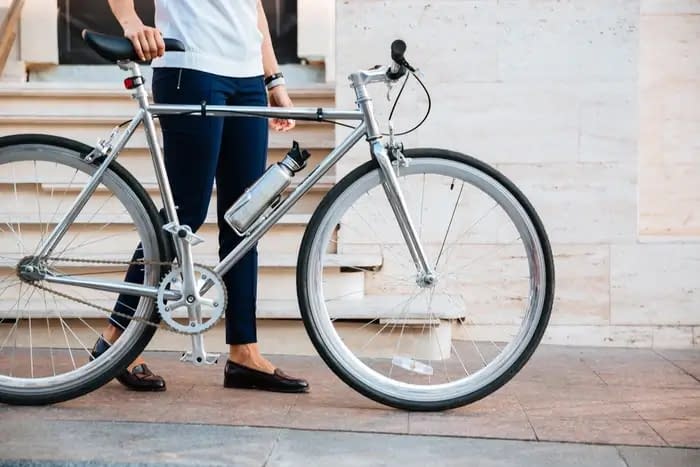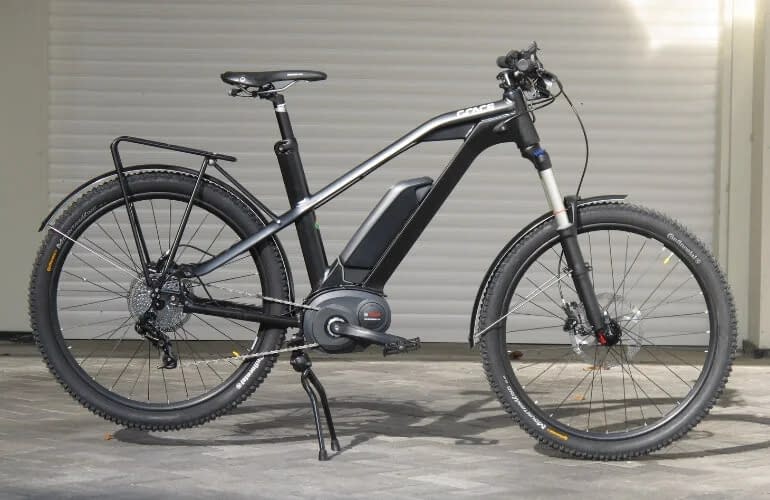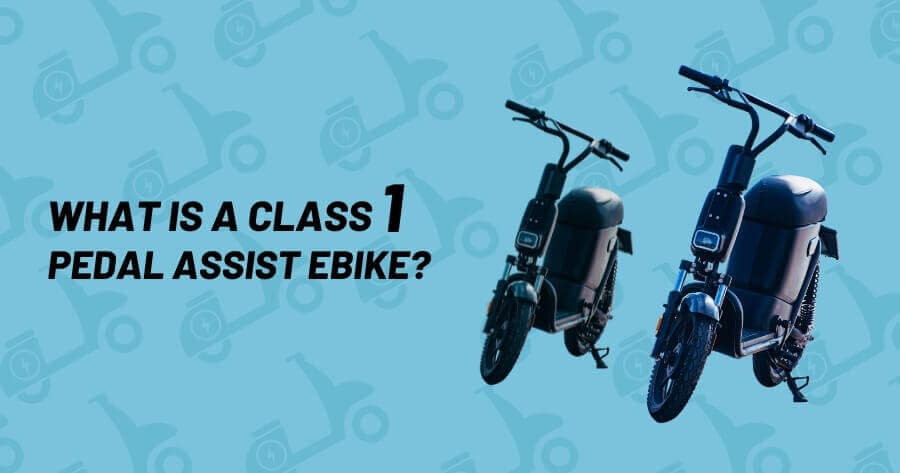The world of cycling is undergoing a quiet transformation. Perched on the edges of the traditional and the cutting-edge, Class 1 Pedal Assist Ebikes, more affectionately known as “pedelecs,” have become the centrepiece of a new, more inclusive cycling movement. But what exactly is a Class 1 Pedal Assist Ebike, and how does it differ from other types of electric bikes? This deep dive will help you understand the intricacies of Class 1 Pedal Assist E-bikes and why it is becoming increasingly popular among cyclists.
What is a Class 1 Pedal Assist Ebike?

A Class 1 pedal assist e-bike is a type of electric bicycle that assists the rider only when they are pedling. These e-bikes are limited to a top speed of 20 mph and do not have a throttle, meaning the motor only kicks in when the rider is actively pedaling.
Class 1 e-bikes are a great option for those who want a little extra help with pedaling, but still want to get some exercise while riding. These bikes are also popular for commuting and leisurely rides. Understanding the different classes of e-bikes can help you make an informed decision when choosing the right electric bike for your needs.
How to Find Your Ebike Class

To find out the class of your e-bike, you can look at the manufacturer’s specifications or consult with a reputable e-bike dealer. The class of an e-bike is typically labeled on the bike itself, so you can easily identify it. It’s important to know your e-bike class to ensure you are following local regulations and laws regarding e-bikes.
Additionally, understanding the class of your e-bike can help you determine the type of riding experience you can expect and whether it aligns with your preferences and needs. Whether you’re considering a Class 1, Class 2, or Class 3 e-bike, make sure to do your research and choose the right class for your riding style and local regulations.
Comparison with other classes of e-bikes

In contrast to Class 1 Pedal Assist E-bikes, there are Class 2 and Class 3 e-bikes, each with distinct features and usage scenarios. Class 2 e-bikes come equipped with a throttle and can propel a rider without the need for pedaling, offering a more moped-like experience. They are limited to a maximum speed of 20 mph. On the other hand, Class 3 e-bikes are designed for faster commutes, providing pedal assistance up to 28 mph. Additionally, they often include advanced features such as speedometers and require helmet use in many jurisdictions.
Riding a Class 1 e-bike provides a unique experience distinct from other electric bikes. With the pedal assist feature, you can effortlessly glide up hills and tackle longer distances without feeling fatigued. The added boost of the motor makes riding more enjoyable and accessible to a wide range of riders, from beginners to experienced cyclists.
Regulations and Laws for Class 1 Pedal Assist Ebike

Laws regarding Class 1 pedal assist electric bicycles differ between states and countries. Class 1 Pedal Assist E-bikes are currently classified as bicycles under federal law in the United States. That means they are subject to the same regulations as traditional bicycles, such as the requirement for lights and reflectors for nighttime riding. However, individual states and cities may have their own regulations, so it is essential to check local laws before riding a Class 1 e-bike.
Conclusion
The evolution of Class 1 Pedal Assist E-bikes marks a significant milestone in the cycling industry, blending environmental sustainability with technological innovation. As more people seek efficient, eco-friendly modes of transport, these e-bikes stand out as a prime solution. Whether for commuting, recreation, or fitness, Class 1 offers a versatile, convenient, and accessible option that caters to a wide audience.
